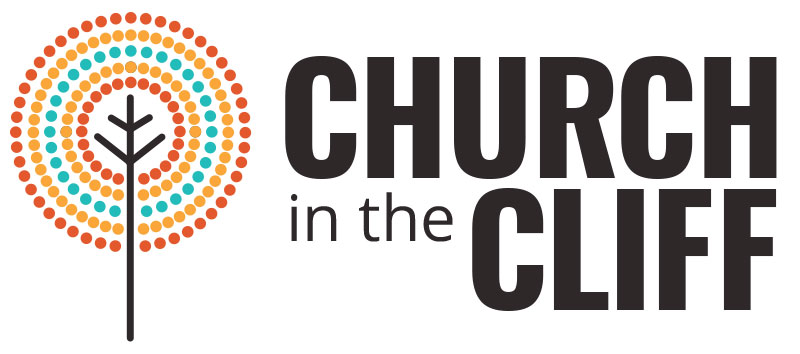Sermon Outline (roughly followed)
I. Back up
a. Scripture as revelation
1. How does God intervene in writing Scripture?
2. How does God intervene in the world?
b. Review series
1. Literal
a) Plain reading
b) Modern rationalist, truth-seeking tendencies
2. Allegorical
3. Moral
4. Anagogical
II. What is allegory?
a. Lisa is a fox
b. Bernie Madoff is a fox
III. Classical
a. Allegory of Christ
1. Suffering servant
IV. Modern
a. Archetypes
The suffering servant could be understood as a typical hero’s quest, suffering for those who rejected the hero.
b. Making meaning
V. Post-modern strategies
a. Reader-response
The reader completes the meaning of the text through interpretation. He or she does so from a particular social location. This entails certain connections making more sense than others, which means that allegorical readings can shift meaning quite a bit.
b. Hidden transcript
A hidden transcript is when a message is conveyed to those inside a particular community, but is hidden from those outside that community. For example, Revelation is filled with hidden transcripts; the author is talking about the Roman Empire through symbolism that is well-known to insiders, but obscure to outsiders. The problem with reading hidden transcripts is that we are rarely in the insider group.
c. Intertextuality
Readers interpret a text in relation to other texts. Sometimes this is unconscious, such as reading the Bible through the lens of Paradise Lost. Sometimes is purposeful, such as Marcella Althaus-Reid connecting the writings of the Marquis de Sade to biblical and traditional understandings of God.
